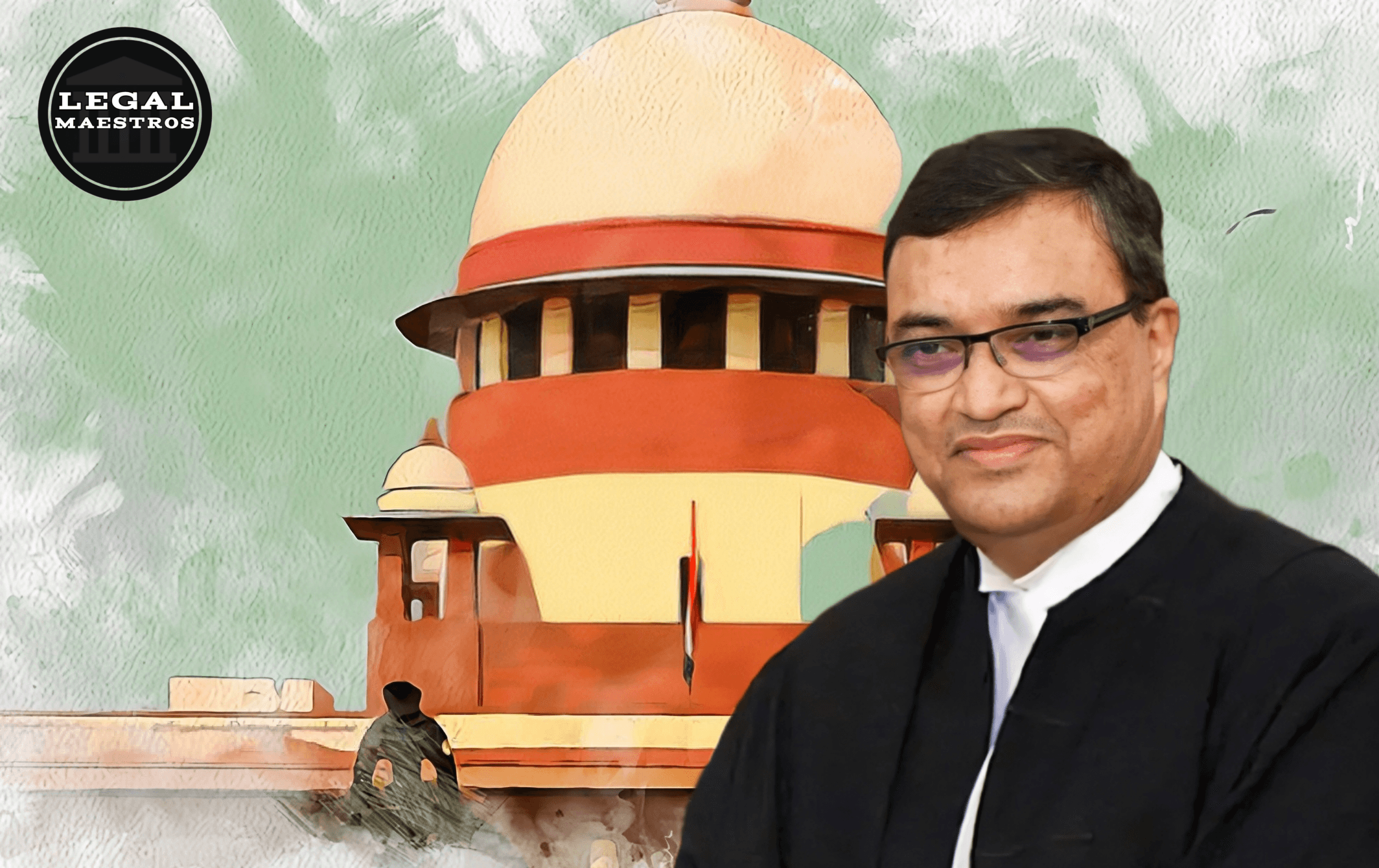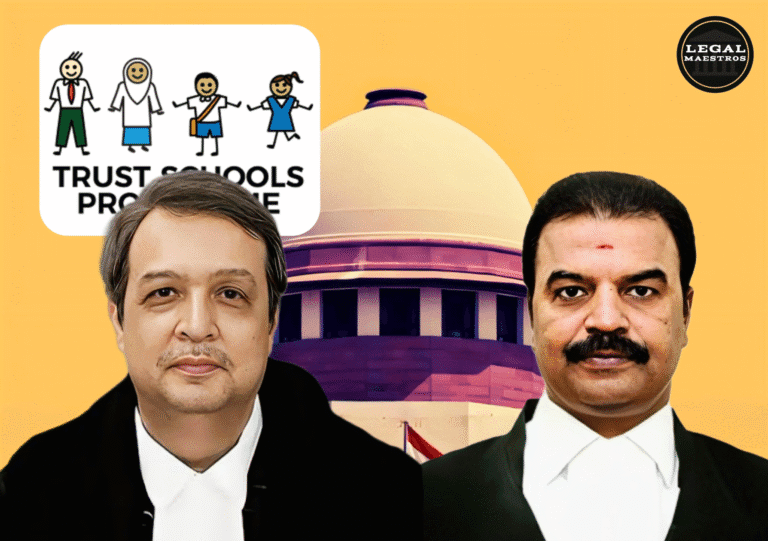
The Supreme Court of India passed a case in The Managing Director, Kamieni Hospitals v. on April 22, 2025. Peddi Narayana Swami & Anr. The primary concern of the case was the medical negligence, and the economic requirement that is accompanied with it. This appeal was as a result of the decision of the National Consumer Disputes Redressal Commission (NCDRC). The NCDRC itself had already concurred with the conclusion of the Andhra Pradesh State Consumer Disputes Redressal Commission (APSCDRC) that the hospital was negligent and awarded 20 lakh rupees as compensation part of which was paid by the hospital, 15 lakhs and remaining 5 lakhs by the doctor who was present there. The Supreme Court admitted that the negligence was held on the part of the hospital but it reduced the number of money that they had to pay to 10 lakhs.
This case raises very important questions concerning the role of medical institutions, the degree of care they must render, and the role of courts in determining the amount of money to be compensated to victims of medical malpractice.
Case Facts
The case is concerned to the sad death of Peddi Narayana Swami, a 27-year old son of Respondent No. 1. The corpse had been a B.Tech and an employee of a soap factory who was supposedly helping in the family.The patient died after being treated at Kamieni Hospitals, and his father filed a complaint with the APSCDRC, saying that the hospital was negligent.
For any queries or to publish an article or post or advertisement on our platform, do call at +91 6377460764 or email us at contact@legalmaestros.com.
The State Commission said that both the hospital and Dr. J.V.S. Vidyasagar were to blame. The NCDRC agreed with this finding and ordered the hospital to pay ₹20 lakhs, with ₹15 lakhs going to the hospital and ₹5 lakhs going to the doctor. The hospital took this ruling to the Supreme Court, saying there was no fault and arguing over the amount of damages.
Reasons for Appeal
The hospital said that the physicians had followed all the right medical procedures, gotten approval from the patient’s family members, and taken the steps that a good professional would have taken. It said that there was no professional medical opinion or literature to back up the charge of carelessness. So, it was claimed that putting someone on the hook for anything was not fair.
The hospital also said that ₹15 lakhs was too much, particularly because there was no clear proof of lost income or other financial problems caused by the patient’s death.
For any queries or to publish an article or post or advertisement on our platform, do call at +91 6377460764 or email us at contact@legalmaestros.com.
The Respondent’s Stand
The complainant’s lawyer stood up for the results of the APSCDRC and NCDRC. They stressed that the patient was young, educated, and working, and that he or she had a bright future ahead in terms of job progression. They said that the family deserved the money because of these things and the emotional pain they had to deal with. They also said that the data and evidence proved that the hospital did not give enough treatment, which backed up the charge of negligence.
The Supreme Court’s Results
The Supreme Court looked closely at the pleadings, medical data, and judgments made by lower courts. It agreed with the conclusions that both the hospital and the doctor who treated the patient were negligent in their medical care. The Court decided that the dead did not get the level of care that was necessary and that the hospital was appropriate to be held responsible for what its staff performed.
The Court did, however, agree that there was a worry about the amount of compensation. It said that even though the patient had a B.Tech degree and was making a low wage, the evidence given did not warrant a ₹15 lakh payment from the hospital. The Court said that compensation must be fair, just, and reasonable, not too much or too little.
For any queries or to publish an article or post or advertisement on our platform, do call at +91 6377460764 or email us at contact@legalmaestros.com.
Changing the Pay
The appellant hospital had previously put ₹10 lakhs in the Registry, which had earned interest over time, per the Court’s earlier orders. The Supreme Court decided that this sum, plus interest, would be enough to make up for the complainant’s losses, given the facts and circumstances.
The Court kept the ₹5 lakh fine on the doctor, which had previously been paid and accepted. People thought that this payment, together with the ₹10 lakhs (plus interest) from the hospital, was enough to make up for what happened.
The Court threw out the appeals and ordered the payment of the deposited sum plus interest to the plaintiff.
For any queries or to publish an article or post or advertisement on our platform, do call at +91 6377460764 or email us at contact@legalmaestros.com.
Legal Rules That Apply
This decision confirms a number of basic legal ideas:
First, hospitals may be held responsible for the careless activities of its workers, including physicians, particularly while they are doing their job. The hospital can’t get out of being responsible only by blaming one doctor.
Second, to prove medical negligence, you have to establish that the doctor or hospital didn’t provide you the same level of care that a qualified medical practitioner would have given you in the same situation.
For any queries or to publish an article or post or advertisement on our platform, do call at +91 6377460764 or email us at contact@legalmaestros.com.
The third is that the Court emphasized the concept of just compensation. The Court ruled victory on the part of victims that they had the right to get paid due to what their losses were but at the same time ruled also that they are only right to have limits in the magnitude of the money they should receive in form of proven facts and reasonable calculations but not merely on a feeling or guess stance.
It was finally clear that, though where there are obvious records and factual gaps, it cannot be considered that a case is not stronger after expert medical opinion, the absence of evidence of that opinion does not suffice to prove that carelessness did not occur.
Wider Effects
This case is very important for both the healthcare business and consumer protection legislation. It achieves a compromise between preserving patients’ rights and without getting in the way of real medical work. Hospitals and other healthcare providers are reminded that they have a responsibility to deliver high-quality treatment and that they may be held legally responsible if they don’t.
For any queries or to publish an article or post or advertisement on our platform, do call at +91 6377460764 or email us at contact@legalmaestros.com.
At the same time, it also cautions consumer groups to carefully consider compensation. Overcompensating without a good reason might make judicial remedies less fair, particularly in areas like healthcare where the results may not always be clear even after careful planning.
The Court also made it clear that India’s justice system is still based on procedural fairness, which includes the right to appeal and a full evaluation of the evidence.
Last but not least
The Supreme Court’s decision in Kamieni Hospitals v. Peddi Narayana Swami shows how the law may be applied in a complicated way in circumstances of medical negligence.The Court believed in both justice and fairness when it stated that the defendant was a careless person, however, still making sense in paying. This decision will establish a benchmark on the future cases of medical negligence by ensuring the victims receive the compensation they deserve without subjecting the medical institutions through excessive punishment. The Court finally outlined that human life requires care, responsibility, and respect, and the recompense must take place on facts and reason.
For any queries or to publish an article or post or advertisement on our platform, do call at +91 6377460764 or email us at contact@legalmaestros.com.




![Research Assistantship @ Sahibnoor Singh Sindhu, [Remote; Stipend of Rs. 7.5k; Dec 2025 & Jan 2026]: Apply by Nov 14, 2025!](https://legalmaestros.com/wp-content/uploads/2025/11/Gemini_Generated_Image_s0k4u6s0k4u6s0k4-768x707.png)
![Karanjawala & Co Hiring Freshers for Legal Counsel [Immediate Joining; Full Time Position in Delhi]: Apply Now!](https://legalmaestros.com/wp-content/uploads/2025/11/Gemini_Generated_Image_52f8mg52f8mg52f8-768x711.png)
![Part-Time Legal Associate / Legal Intern @ Juris at Work [Remote]: Apply Now!](https://legalmaestros.com/wp-content/uploads/2025/11/ChatGPT-Image-Nov-12-2025-08_08_41-PM-768x768.png)
![JOB POST: Legal Content Manager at Lawctopus [3-7 Years PQE; Salary Upto Rs. 70k; Remote]: Rolling Applications!](https://legalmaestros.com/wp-content/uploads/2025/11/ChatGPT-Image-Nov-12-2025-08_01_56-PM-768x768.png)